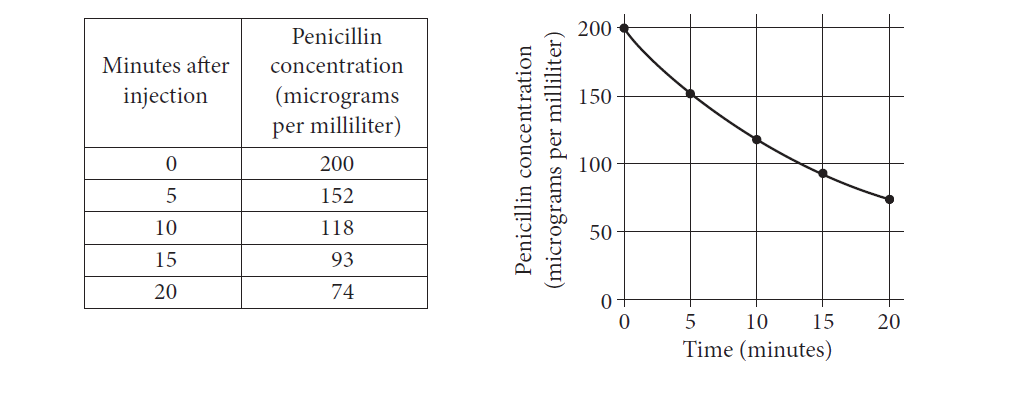In simplest type of placenta, Six barriers separate maternal blood from foetal blood. How many barriers are lost in human placenta?
One Y-chromosome
Two haploid nuclei fuse but the fusion nucleus divides immediately to form two haploid nuclei.
three
four
The correct Answer is:C
To solve the question regarding the number of barriers lost in the human placenta compared to the simplest type of placenta, we can follow these steps:
1. Understand the Basic Concept of Placental Barriers:
- In the simplest type of placenta, there are six barriers that separate maternal blood from fetal blood. These barriers are crucial for the exchange of nutrients and waste products between the mother and fetus.
2. Identify the Components of the Placental Barriers:
- The six barriers typically consist of:
- Maternal endothelium
- Maternal connective tissue
- Uterine epithelium
- Trophoblast cells
- Fetal connective tissue
- Fetal endothelium
3. Analyze the Structure of the Human Placenta:
- In the human placenta, the structure is modified, and it consists of three main layers:
- Trophoblastic epithelium
- Chorionic connective tissue
- Fetal capillary endothelium
4. Calculate the Number of Barriers Lost:
- Since the human placenta has three layers remaining from the original six, we can determine how many barriers have been lost:
- Total barriers in simplest placenta: 6
- Barriers remaining in human placenta: 3
- Barriers lost = Total barriers - Barriers remaining = 6 - 3 = 3
5. Conclusion:
- Therefore, the number of barriers lost in the human placenta is 3.
Final Answer:
The number of barriers lost in the human placenta is 3.
- In the simplest type of placenta, there are six barriers that separate maternal blood from fetal blood. These barriers are crucial for the exchange of nutrients and waste products between the mother and fetus.
- The six barriers typically consist of:
- Maternal endothelium
- Maternal connective tissue
- Uterine epithelium
- Trophoblast cells
- Fetal connective tissue
- Fetal endothelium
- In the human placenta, the structure is modified, and it consists of three main layers:
- Trophoblastic epithelium
- Chorionic connective tissue
- Fetal capillary endothelium
- Since the human placenta has three layers remaining from the original six, we can determine how many barriers have been lost:
- Total barriers in simplest placenta: 6
- Barriers remaining in human placenta: 3
- Barriers lost = Total barriers - Barriers remaining = 6 - 3 = 3
- Therefore, the number of barriers lost in the human placenta is 3.
The number of barriers lost in the human placenta is 3.
Topper's Solved these Questions
Similar Questions
Minimum number of barrier iMs / are present between foetal and maternal blood?
View SolutionAssertion : In placental mammals the placenta is connected to the embryo by the umblical cord and has an essential role in the immunological protection of the embryo .
Reason : In mammals foetal components of the placenta derive initially from the chondroblast connected with embryonic derive initially from he chondroblast connected with embryonic blood stream either through its contact with the yolk sac.View Solution
Knowledge Check
- Question 1 - Select One
On the basis of nature of maternal and foetal tissues, the types of placentae are
I. Hemochorial placenta
II. Hemoendothelial placenta
III. Cotyledonary placenta
IV. Deciduate placenta
Choose the correct answersAI, II, III are correctBI and II are correctCII and IV are correctDI, II and IV are correct
Many microbial pathogens enter the gut of humans along with food. What are the preventive barriers to protect the body from such pathogens? What type of immunity do you observe in this case?
View SolutionGo through the following statements
(i) HCG from placenta stimulates the sertoli cells of the male foetus to produce testosterone and is thus indirectly ivolved in the development of male external genitalia
(ii) Sertoli cells secrete a protein called inhibin, which suppresses FSH synthesis.
(iii) Humans have haemo-endothelial type of placenta.
(iv) oxytcin stimulates the placenta to secrete prostaglandins which in turn stimulate more contractions of uterus.
Which of these correct?View SolutionThe gene I that controls the ABO blood grouping in human beings has three alleles IA. IB and i
(a) How many different genotypes are Likely to be present in human population?
(b) Also, how many phenotypes are possibly present?View SolutionRead the following four statements carefully:
I. About 70 ml of blood is pumped out by each Ventricle during a cardiac cycle is called the beat volume.
II. The fluid called lymph is almost similar to blood plasma without any exception
III. Heart failure simply means when the heart stops beating .
IV. Hypotension leads to heart diseases as well as damage to the brain , kidney and other vital organs.
How many from the above is/are correct ?View SolutionAnimals operate under conditons of constant pressure and most of the process tht maintain life are isothermal ( in a broad sense) . How much energy is available for sustaining this type of muscular and nervous activity from the combustion of 1mol of glucose molecules under standard conditons at 37∘ C (blood temperature) ? The entropy change is +182.4JK−1 for the reaction stated above
ΔHcombustion[glucose]=-2808 KJView SolutionHow many blood group types in humans can have only similar alleles ?
View Solution
When a patient receives a penicillin injection, the kidneys begin removing the penicillin from the body. The table and graph above show the penicillin concentration in a patient’s bloodstream at 5 minute intervals for the 20 minutes immediately following a one-time penicillin injection.
According to the table, how many more micrograms of penicillin are present in 10 milliliters of blood drawn from the patient 5 minutes after the injection than are present in 8 milliliters of blood drawn 10 minutes after the injection?View Solution

